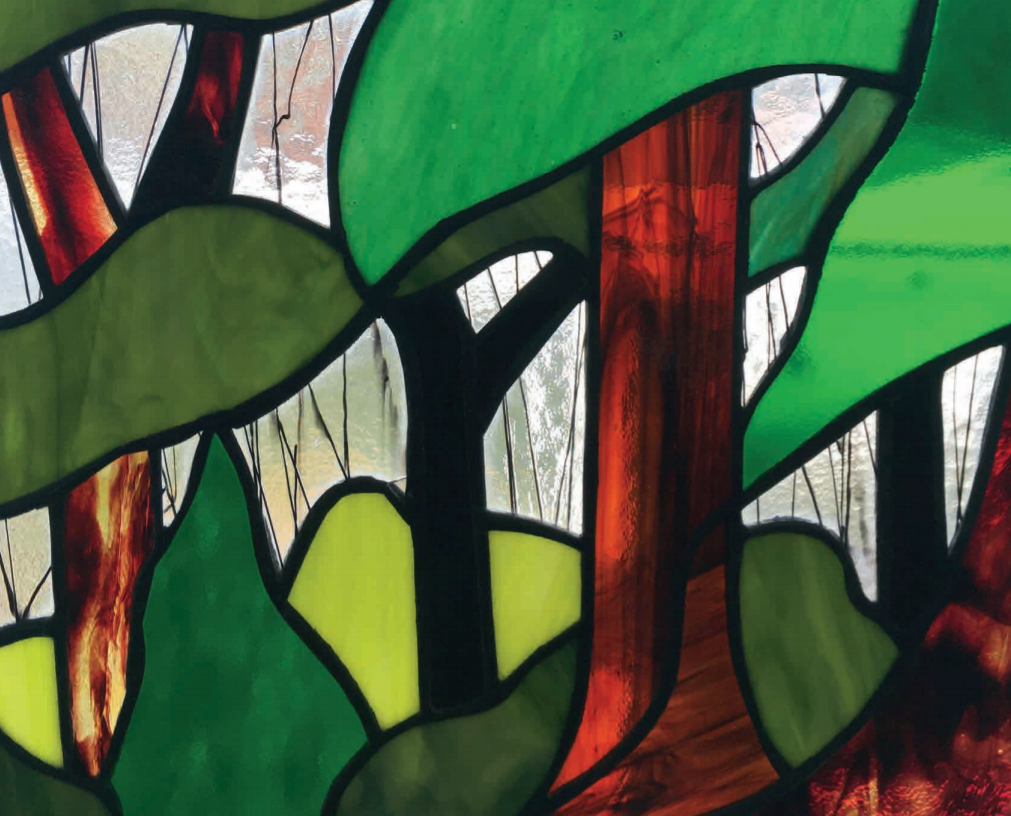Old growth deferral areas

Since 2021 we have worked in partnership with First Nations and industry to identify and temporarily defer the logging of more of B.C.’s most vulnerable old growth forests.
Temporary short-term deferrals are helping protect and support these ecosystems while First Nations, the Province, and other partners develop long-term approaches for old growth forest management. Deferrals are not permanent protections and are subject to future management decisions.
As of February 2025, coordination between First Nations and forests companies has resulted in approximately 2.4 million hectares of old growth being deferred or protected since November 2021. This is in addition to the nearly 3.7 million hectares that were already protected.
Our focus is now on finalizing long-term management plans for these areas.
Transitioning from temporary deferrals to long-term decisions requires local insights. Deferrals will remain in place until local discussions on long-term management of old growth values are concluded through initiatives such as Modernized Land Use Plans and Forest Landscape Plans.
On this page
- Approaches to deferrals
- Deferral data & frequently asked questions
- The use of Part 13 of the Forest Act
- Examples of long-term management achievements
Approaches to deferrals
There are several mechanisms for deferring harvest in old forests. These include:
- Voluntary deferrals are put in place where First Nations and industry have worked together to come to an agreement to avoid harvesting for a period of time. This allows time for local decision making on long-term management approaches
- The voluntary approach provides for greater flexibility in decision making and can be implemented quickly
- Experience has shown that voluntary deferrals have the same effect on harvest activities as legally enforceable measures such as Part 13s
- Voluntary deferrals are currently in place over nearly 2.0 million hectares of old growth forests.
- Regulation based deferrals including the use of Part 13 of the Forest Act to establish a legally enforceable deferral
- Legal orders to specifically protect old growth now cover 8,212 hectares of old growth across the province
- Directed deferrals, in the case of the provincial government providing direction to BC Timber Sales
The independent Old Growth Technical Advisory Panel report encouraged the use of these methods when considering deferrals.
Consistent with reconciliation with Indigenous Peoples and the Declaration on the Rights of Indigenous Peoples Act, First Nations support for proposed deferrals is being sought before harvest deferrals are put in place.
Maps of supported deferrals are not being shared publicly at this time to respect the ongoing government-to-government discussions with First Nations rights and titleholders.
Deferral data & frequently asked questions
For a status update on old growth deferrals and answers to common questions about deferrals, please review the following documents.
Old Growth Deferrals – Frequently Asked Questions (PDF, 133KB)
2025:
- Old Growth Deferral Numbers – February 2025 (PDF, 440KB)
- Annual Old Growth Harvest Data – January 2025 (PDF, 460KB)
- Harvest Status – January 2025 (PDF, 436KB)
2024:
- Old Growth Deferral Numbers – February 2024 (PDF, 127KB)
- Annual Old Growth Harvest Data – March 2024 (PDF, 104KB)
- Harvest Status – March 2024 (PDF, 73KB)
- Ecological Integrity of Temporary Deferrals – March 2024 (PDF, 513KB)
The use of Part 13 of the Forest Act
Some old growth deferral areas are established under Part 13 of the Forest Act as “designated areas” and the Act gives the authority for a Ministerial Order (MO) to direct activities, such as suspending forestry activities, within those designated areas. Designated Areas are often made up of both old growth and second growth forests because old growth stands are not all adjacent and therefore attempting to specify just old growth stands in an area would be very difficult.
Examples of long-term management achievements
In January 2023, the Province announced a new conservancy to protect rare ecosystems in the Incomappleux Valley.
In June 2024, in partnership with Ahousaht and Tla-o-qui-aht First Nations, 10 new conservancies were established resulting in approximately 76,000 hectares of Crown land being permanently protected, including old forests, habitat for several endangered and threatened species, and lands adjacent to existing protected areas, such as Strathcona Park. These new conservancies follow the old-growth deferral implemented in 2020, and are the next step for land and forest management in Clayoquot Sound, in alignment with the First Nations’ land-use visions.
Fifteen forest landscape plans (FLPs) are currently underway that will establish clear outcomes for the management of forest resource values within those defined areas along with recommendations for long-term management of old growth.
A major expansion of Klinse-za Park, located west of Chetwynd and Hudson’s Hope in northeastern B.C., will better protect sacred sites and wildlife habitat, and contribute to the goal of protecting 30% of lands in B.C. by 2030. The expanded Klinse-za/Twin Sisters Park will protect nearly 200,000 hectares of land, 19,000 hectares of which are previously temporarily deferred old growth forest that is now protected. This area includes two mountains known locally as the Twin Sisters, which are an area of cultural and spiritual significance for Treaty 8 First Nations.

